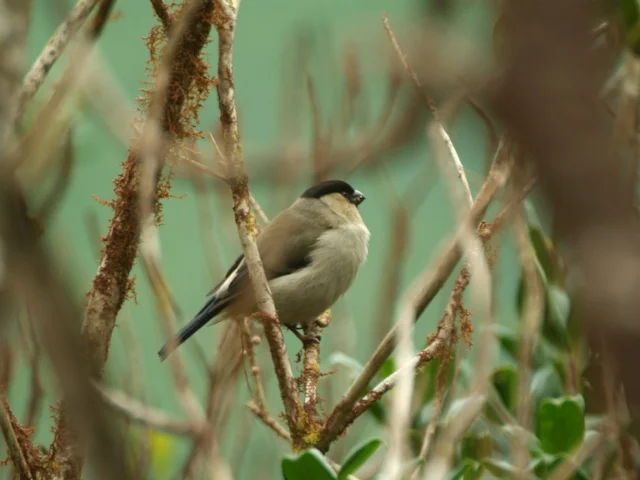BirdLife turns around 60 per cent of endangered bird species
ef77b272-c1cf-4d75-ae0f-14ed88275006

A report released at last week's BirdLife World Congress reveals that the charity has reduced the threats to or declines of 60 per cent of the world's rarest bird species.
The report focuses on the current state of the world’s most threatened birds, the factors causing their decline and what BirdLife International is doing to address this issue. Through one dedicated work programme, the Preventing Extinctions Programme, BirdLife has tried to innovate conservation methods and deliver targeted action; this now appears to be working.
Of the 115 Critically Endangered species the charity has been working on, 80 per cent have benefitted from conservation actions, 63 per cent are likely to be declining less rapidly and 20 per cent are deemed to already have an improved status.
A total of 1,313 bird species are threatened with extinction according to BirdLife’s assessment for the 2012 IUCN Red List, as explained in the State of the World’s Birds report, which was also launched at the congress.
The main threats to bird species in Europe include habitat loss, habitat degradation due to intensive farming practices and the use of poisons. Several factors are used to evaluate the risk of extinction for an individual species, such as the amount of remaining habitat, the pace of decline and the overall number of individual birds. Europe and Central Asia are the regions where most conservation action have been implemented, including public awareness raising. Since 2008, the BirdLife Partnership has also established protected areas for more than one third of the 115 Critically Endangered species. An example is Black-tailed Godwit, the most widespread threatened species in Europe and Central Asia; 20 BirdLife partners from both regions are actively working on the conservation of this flagship species.
“With targeted conservation action and the right resources species can be saved. Birds like Zino’s Petrel, Azores Bullfinch and Saker Falcon are all now responding well to the actions BirdLife partners are taking with the help of governments, volunteers and companies,” said BirdLife Europe Nature Conservation Officer Willem Van Den Bossche. “Thanks to these efforts, species like Azores Bullfinch have been given a future”.
The report focuses on the current state of the world’s most threatened birds, the factors causing their decline and what BirdLife International is doing to address this issue. Through one dedicated work programme, the Preventing Extinctions Programme, BirdLife has tried to innovate conservation methods and deliver targeted action; this now appears to be working.
Of the 115 Critically Endangered species the charity has been working on, 80 per cent have benefitted from conservation actions, 63 per cent are likely to be declining less rapidly and 20 per cent are deemed to already have an improved status.
A total of 1,313 bird species are threatened with extinction according to BirdLife’s assessment for the 2012 IUCN Red List, as explained in the State of the World’s Birds report, which was also launched at the congress.
The main threats to bird species in Europe include habitat loss, habitat degradation due to intensive farming practices and the use of poisons. Several factors are used to evaluate the risk of extinction for an individual species, such as the amount of remaining habitat, the pace of decline and the overall number of individual birds. Europe and Central Asia are the regions where most conservation action have been implemented, including public awareness raising. Since 2008, the BirdLife Partnership has also established protected areas for more than one third of the 115 Critically Endangered species. An example is Black-tailed Godwit, the most widespread threatened species in Europe and Central Asia; 20 BirdLife partners from both regions are actively working on the conservation of this flagship species.
“With targeted conservation action and the right resources species can be saved. Birds like Zino’s Petrel, Azores Bullfinch and Saker Falcon are all now responding well to the actions BirdLife partners are taking with the help of governments, volunteers and companies,” said BirdLife Europe Nature Conservation Officer Willem Van Den Bossche. “Thanks to these efforts, species like Azores Bullfinch have been given a future”.

